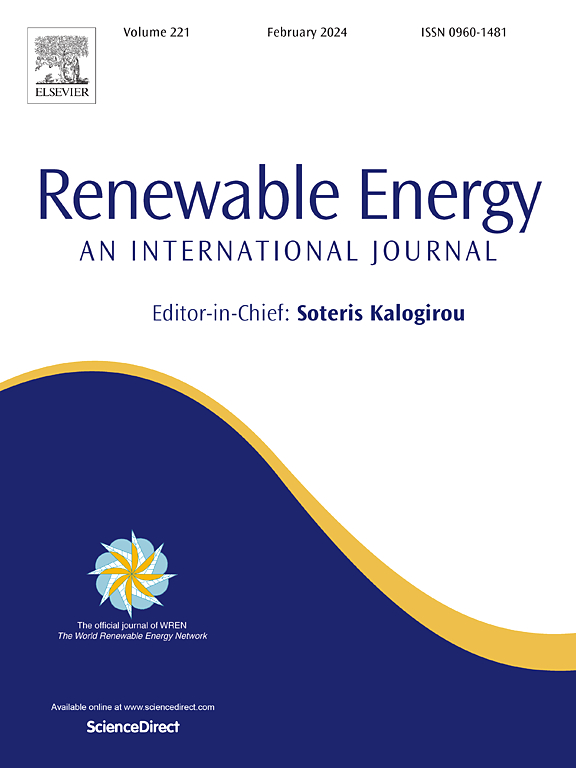Conventional and advanced exergy analysis of a novel SOFC-MGT hybrid power system coupled with external solar methane hydrogen production process
IF 9
1区 工程技术
Q1 ENERGY & FUELS
引用次数: 0
Abstract
The world is facing energy shortages. One of the ways to reduce energy usage in energy systems is to introduce renewable energy to complement fossil fuels, and the other way is to reduce exergy destruction to improve efficiency. A novel solid oxide fuel cell – micro gas turbine (SOFC-MGT) hybrid power system coupled with solar thermochemical hydrogen production process is proposed to realize multi-energy complementarity and efficient power generation. Advanced exergy analysis method can reveal the underlying causes of exergy destruction and provide guidance for the optimization potential in energy systems. The proposed system is comprehensively studied using both the conventional and advanced exergy analysis methods. The results indicate that the avoidable exergy destruction accounts for 22.61 % of the total destruction. The system's endogenous exergy destructions are mainly due to the strong irreversibility of the components themselves. Both heat exchanger 3 (HE3) and air compressor (AC) are most affected by other components, while improving the performance of both SOFC and afterburner have the most significant improvement in system efficiency. The endogenous unavoidable exergy destruction of SOFC, MGT, AC and reactor are significant, indicating they should be optimized first, which is distinct from the conventional exergy analysis's findings.
求助全文
约1分钟内获得全文
求助全文
来源期刊

Renewable Energy
工程技术-能源与燃料
CiteScore
18.40
自引率
9.20%
发文量
1955
审稿时长
6.6 months
期刊介绍:
Renewable Energy journal is dedicated to advancing knowledge and disseminating insights on various topics and technologies within renewable energy systems and components. Our mission is to support researchers, engineers, economists, manufacturers, NGOs, associations, and societies in staying updated on new developments in their respective fields and applying alternative energy solutions to current practices.
As an international, multidisciplinary journal in renewable energy engineering and research, we strive to be a premier peer-reviewed platform and a trusted source of original research and reviews in the field of renewable energy. Join us in our endeavor to drive innovation and progress in sustainable energy solutions.
 求助内容:
求助内容: 应助结果提醒方式:
应助结果提醒方式:


